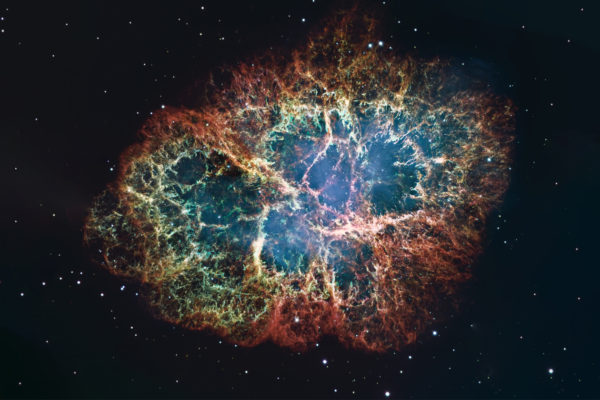Reaching for neutron stars
A cross-disciplinary team from chemistry and physics in Arts & Sciences at Washington University in St. Louis has discovered both a framework to predict where neutrons will inhabit a nucleus and a way to predict the skin thickness of a nucleus.
Physicist: Stars can be strange
Photo courtesy NASAStrange Brew: Astronomers are debating whether the matter in these stars is composed of free quarks or crystals of sub-nuclear particles, rather than neutrons.According to the “Strange Matter Hypothesis”, which gained popularity in the paranormal 1980’s, nuclear matter, too, can be strange. The hypothesis suggests that small conglomerations of quarks, the infinitesimally tiny particles that attract by a strong nuclear force to form neutrons and protons in atoms, are the true ground state of matter. The theory has captivated particle physicists worldwide, including one of Washington University’s own. Mark Alford, Ph.D., Washington University in St. Louis assistant professor of physics in Arts & Sciences, and collaborators from MIT and the Lawrence Berkeley National Laboratory and Los Alamos National Laboratory, have used mathematical modeling to discover some properties of theoretical “strange stars,” composed entirely of quark matter. More…

